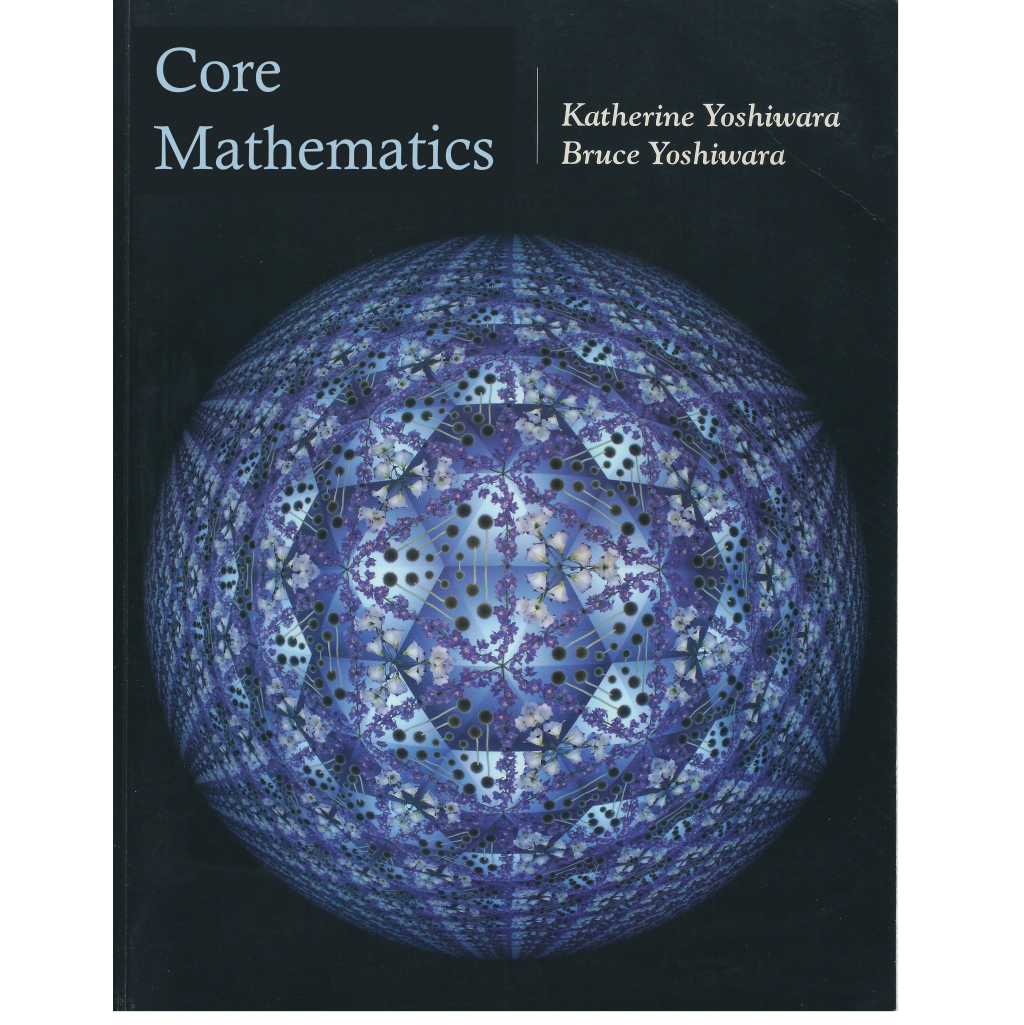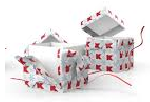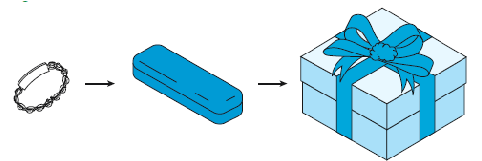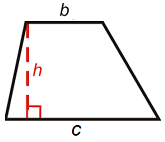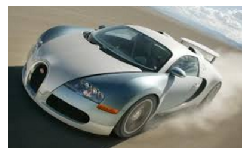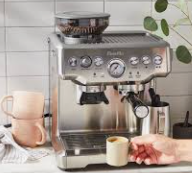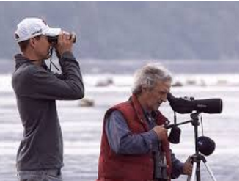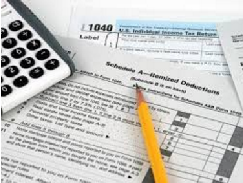There are many strategies for solving problems and often the most efficient approach is to write and solve an equation.
Activity 5.4.2. Problem Solving.
Myron is buying a new computer system. He made a down payment of $500 and agreed to make 18 equal monthly payments. If the total price of the system is $6350, how much will each payment be?
In Activity 5.4.2 we consider three ways to solve this problem that do not involve algebra.
\(\blert{\text{Method 1: Guess-and-Check}}\) Guess a value for the amount of each payment, and check to see whether that value gives the correct total price for the computer system. For example, guess that the payment is $200. Myron would then pay
\begin{align*}
500 ~~~~ + ~~~~\amp 18 (200) \amp \amp = ~~??\\
\text{down}~~~~~~~~~~ \amp \text{monthly}~~~~ \amp \amp \text{total}\\
~~~~\text{payment}~~~~~~~~~~ \amp \text{payments}~~~~ \amp \amp \text{price}
\end{align*}
Is the total proice too high or too low? Should you try a larger value or a smaller value for your next guess at the monthly payment? Try your next guess:
\begin{equation*}
500 + 18(\hphantom{000}) = ??
\end{equation*}
We would continue in this way, adjusting our guesses, until we closed in on the correct amount.
\(\blert{\text{Method 2: Make a table.}}\) This is a more organized version of the guess-and-check method. Complete this sample table:
| Monthly payment |
150 |
200 |
250 |
300 |
350 |
| Total price |
\(\hphantom{000000}\) |
\(\hphantom{000000}\) |
\(\hphantom{000000}\) |
\(\hphantom{000000}\) |
\(\hphantom{000000}\) |
Which monthly payments capture the correct total price? We could make another table with smaller increments between those monthly payments. However, this is still a tedious method for solving the problem.
\(\blert{\text{Method 3: Use arithmetic skills.}}\) Since Myron paid $500 down on the system, we can subtract 500 from the total price to find out how much he has left to pay in monthly installments.
\begin{equation*}
6350 - 500 = \alert{??}
\end{equation*}
The balance will be paid in 18 equal installments, so we can divide the balance by 18 to find the amount of each installment:
\begin{equation*}
\dfrac{\alert{??}}{18} =
\end{equation*}
Each monthly payment will be $ .
Method 3 solves the problem efficiently. Notice that it uses the same technique of "undoing" operations that we use to solve equations. If we can describe a problem by an equation, we can work backwards to the solution by solving the equation.
